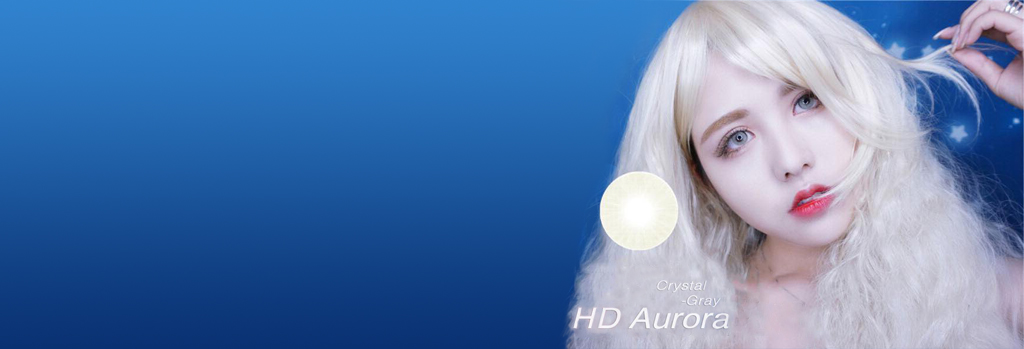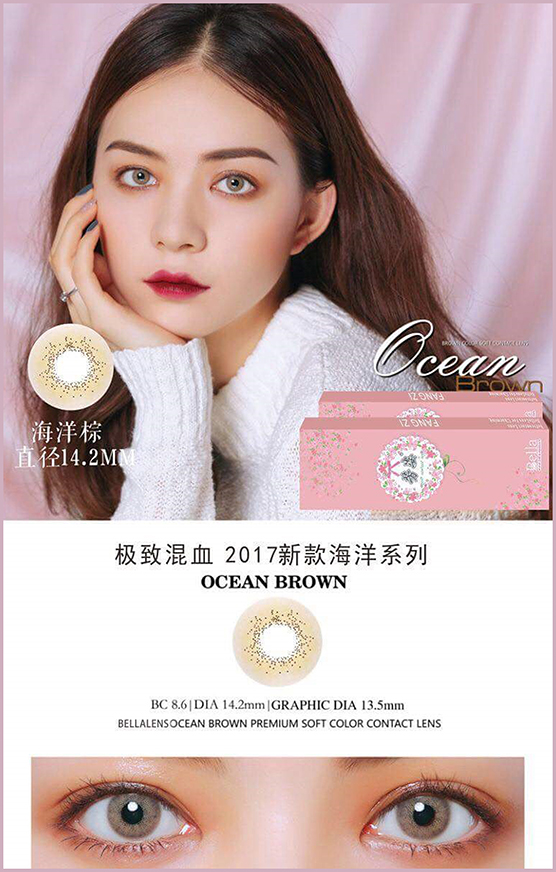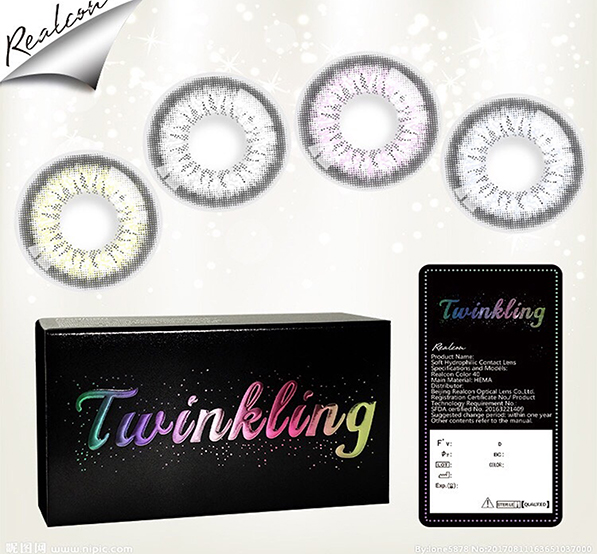Contact Lens
Contact lenses are an excellent choice for nearly anyone who needs vision correction but doesn't want to wear eyeglasses full time or undergo LASIK surgery. Contacts are more popular than ever. According to the U.S. Centers for Disease Control and Prevention (CDC), approximately 40.9 million Americans age 18 and older wore contact lenses in 2014 (most recent data available), which was about 17 percent of the U.S. adult population. Also, many children begin wearing contact lenses at age 12 or younger. Here are the basics you should know about contact lenses before seeing your eye doctor if you are interested in wearing contacts.
The first choice when considering contact lenses is which lens material will best satisfy your needs. There are five types of contact lenses, based on type of lens material they are made of:

Soft lenses are made from gel-like, water-containing plastics called hydrogels. These lenses are very thin and pliable and conform to the front surface of the eye. Introduced in the early 1970s, hydrogel lenses made contact lens wear much more popular because they typically are immediately comfortable. The only alternative at the time was hard contact lenses made of PMMA plastic (see below). PMMA lenses typically took weeks to adapt to and many people couldn't wear them successfully.
Silicone hydrogel lenses are an advanced type of soft contact lenses that are more porous than regular hydrogel lenses and allow even more oxygen to reach the cornea. Introduced in 2002, silicone hydrogel contact lenses are now the most popular lenses prescribed in the United States.
Gas permeable lenses — also called GP or RGP lenses — are rigid contact lenses that look and feel like PMMA lenses (see below) but are porous and allow oxygen to pass through them. Because they are permeable to oxygen, GP lenses can be fit closer to the eye than PMMA lenses, making them more comfortable than conventional hard lenses. Since their introduction in 1978, gas permeable contact lenses have essentially replaced nonporous PMMA contact lenses. A significant advantage GP contacts have over soft or silicone hydrogel lenses is sharper optics due to the rigid nature of the lens material.
Hybrid contact lenses are designed to provide wearing comfort that rivals soft or silicone hydrogel lenses, combined with the crystal-clear optics of gas permeable lenses. Hybrid lenses have a rigid gas permeable central zone, surrounded by a "skirt" of hydrogel or silicone hydrogel material. Despite these features, only a small percentage of people in the U.S. wear hybrid contact lenses, perhaps because these lenses are more difficult to fit and are more expensive to replace than soft and silicone hydrogel lenses.
PMMA lenses are made from a transparent rigid plastic material called polymethyl methacrylate (PMMA), which also is used as a substitute for glass in shatterproof windows and is sold under the trademarks Lucite, Perspex and Plexiglas. PMMA lenses have excellent optics, but they do not transmit oxygen to the eye and can be difficult to adapt to. These (now old-fashioned) "hard contacts" have virtually been replaced by GP lenses and are rarely prescribed today.
Silicone hydrogel contact lenses are the most popular lenses in the United States, accounting for 67 percent of new contact lens fittings and refittings in 2016. Regular hydrogel accounted for 20 percent, followed by GP lenses (10 percent) and hybrid lenses (2 percent). PMMA contact lenses rarely are used these days, accounting for less than 1 percent of contact lens fittings in 2016.
Until 1979, everyone who wore contact lenses removed and cleaned them nightly. The introduction of "extended wear" enabled wearers to sleep in their contacts. Now, two types of lenses are classified by wearing time:
Daily wear — must be removed nightlyExtended wear — can be worn overnight, usually for seven days consecutively without removal
"Continuous wear" is a term that's sometimes used to describe 30 consecutive nights of lens wear — the maximum wearing time approved by the FDA for certain brands of extended wear lenses.
Even with proper care, contact lenses (especially soft contacts) should be replaced frequently to prevent the build-up of lens deposits and contamination that increase the risk of eye infections. Soft lenses have these general classifications, based on how frequently they should be discarded:

Daily disposable lenses — Discard after a single day of wear
Frequent replacement lenses — Discard monthly or quarterly
Traditional (reusable) lenses — Discard every six months or longer
Gas permeable contact lenses are more resistant to lens deposits and don't need to be discarded as frequently as soft lenses. Often, GP lenses can last a year or longer before they need to be replaced. The most frequently prescribed contact lens replacement schedule in the U.S. in 2016 was monthly (44 percent), followed by daily (31 percent), every one to two weeks (24 percent) and annually (1 percent).
Many lens designs are available to correct various types of vision problems:
Spherical contact lenses are the typical, rounded design of contact lenses, which can correct myopia (nearsightedness) or hyperopia (farsightedness).
Colored lenses Many of the types of lenses described above also come in colors that can enhance the natural color of your eyes — that is, make your green eyes even greener, for example. Other colored lenses can totally change the color of your eyes, as in from brown to blue.
ABOUT US
Fancy Look contact lens are made with latest technology. Certified ISO (ISO 20150001) (FDA 20163221409) made with 40% of water for your comfort and to avoid dryness.
Fancy Look အမွတ္တံဆိပ္ မ်က္ကပ္မွန္မ်ားကို ေခတ္မွီအဆင့္ျမင့္နည္းပညာမ်ားျဖင့္ ထုတ္လုပ္ထား၍ ေရ ၄၀ % ပါ၀င္ေသာေၾကာင့္မ်က္လံုးရဲ႕စိုစြတ္ေအးျမမႈကိုပိုမို ရရွိေစႏိုင္သည့္အျပင္ (ISO 20150001) (FDA 20163221409) လက္မွတ္မ်ား ရရွိထားေသာေၾကာင့္ ေဘးထြက္ဆိုးက်ဳိးမရွိေစဘဲ ယံုၾကည္စိတ္ခ်စြာအသံုးျပဳႏိုင္ပါသည္။
CONTACT US
Fancy Look Lens
Address: Shop No.(3103), Level 2, Taw Win Center.
No. (45) Pyay Road, Dagon Township, Yangon.
Country: Myanmar
Ph: 09-952264153, 09-421164153
E-mail: fancylooklens@gmail.com




























